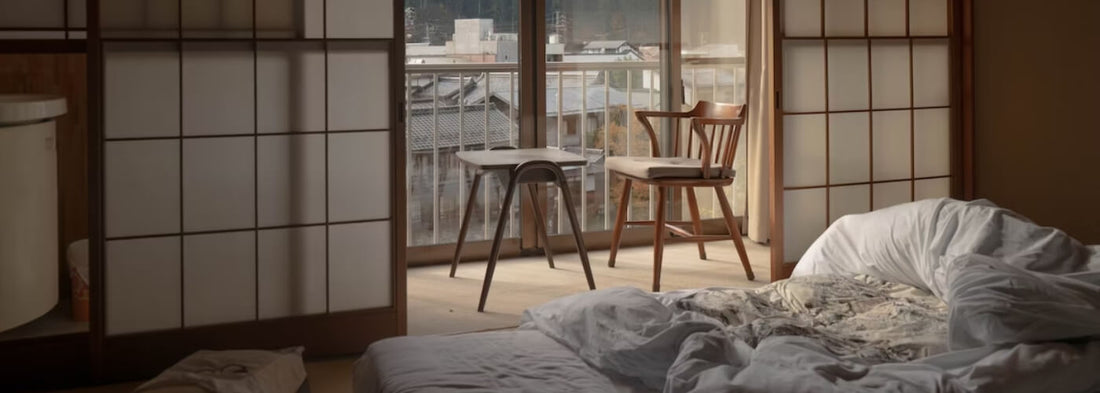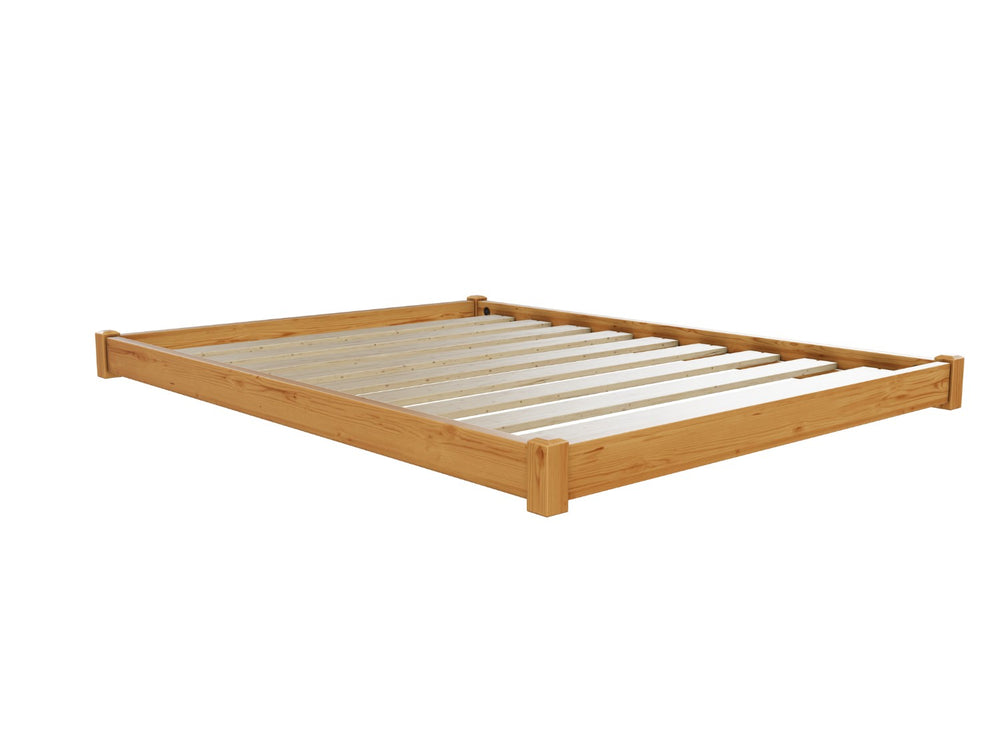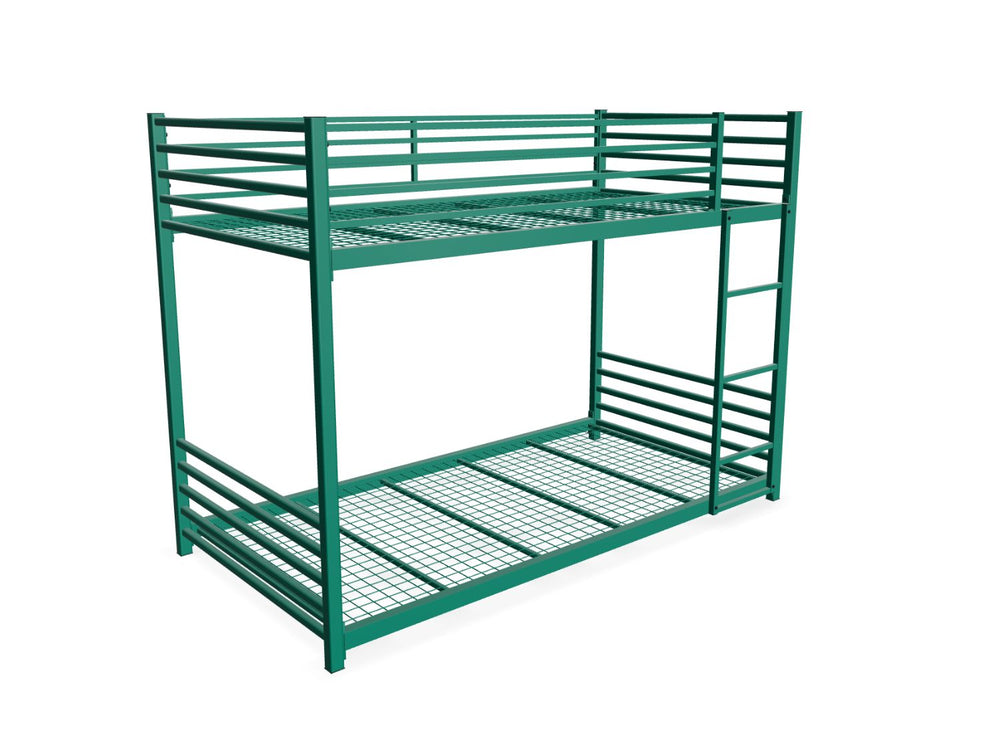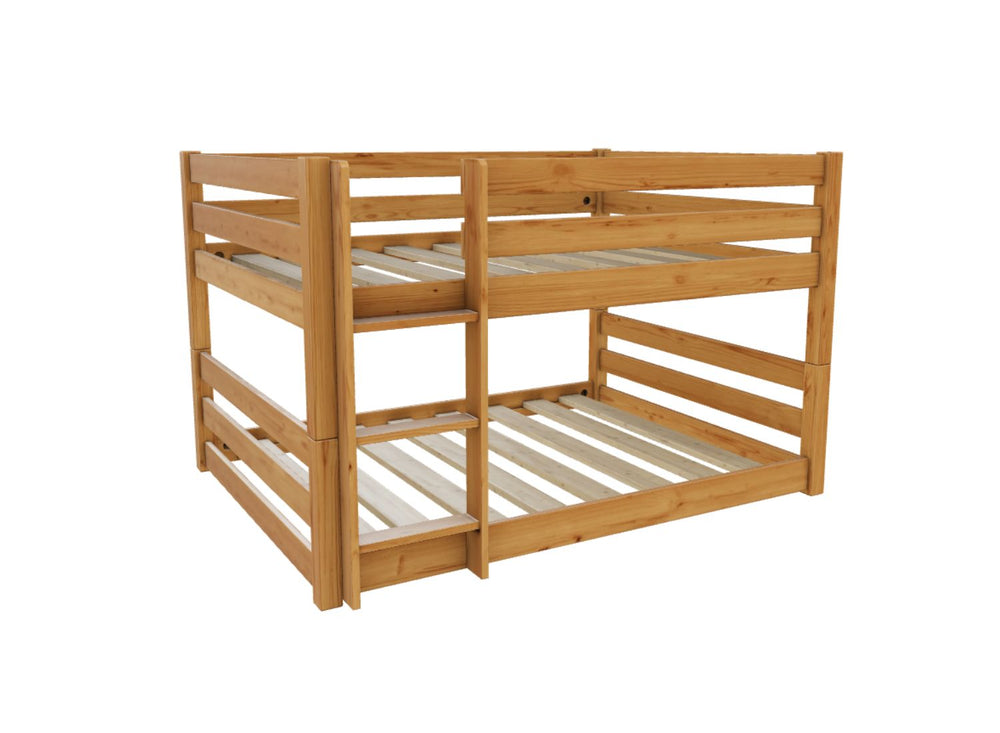
When it comes to sleeping arrangements, most of us in the Western world are familiar with the standard bed frame and mattress combination. However, in Japan, the traditional sleeping arrangement is quite different - Japanese beds are placed directly on the floor. This unique style of sleeping with a floor bed has been a longstanding tradition in Japan, with its roots dating back centuries. In this article, we will explore the reasons behind this cultural phenomenon and examine the benefits of sleeping on a Japanese-style bed.
The History of Japanese Beds
The traditional Japanese bed is called a "futon," which is a thin, padded mattress that is laid directly on the floor. The word "futon" actually refers to the entire bedding set, including the mattress, pillow, and duvet, which are all stored away during the day to free up living space.
The futon has been a part of Japanese culture for hundreds of years, with its origins dating back to the 17th century. During this time, Japan's homes were typically small and multifunctional, with rooms serving multiple purposes throughout the day. As a result, furniture had to be lightweight and easy to move around to accommodate different uses.
The futon was the perfect solution to this problem - it was lightweight and could be easily rolled up and stored away during the day. It was also affordable, making it accessible to a wide range of people.

The Benefits of Sleeping on the Floor
While the futon was originally a necessity due to Japan's living conditions, it has since become a cultural tradition that many Japanese people continue to utilise today. In fact, sleeping on the floor has several benefits that may be worth considering, even if you don't live in Japan. These include:
Better Posture
One of the primary benefits of sleeping on the floor is improved posture. When you sleep on a soft mattress, your spine can become misaligned, which can lead to back pain and other issues. Sleeping on a firm surface, like the floor, can help keep your spine in a neutral position, which can improve your overall posture.
Improved Circulation
Another benefit of sleeping on the floor is improved circulation. When you sleep on a soft mattress, your body sinks into it, which can cause pressure points and restrict blood flow. Sleeping on a firm surface, like the floor, can help improve circulation by evenly distributing your weight.
Better Sleep Quality
Many people who sleep on the floor report better sleep quality. This is likely due to the fact that sleeping on a firm surface can help reduce tossing and turning, which can disrupt sleep. Also, sleeping on the floor can help regulate body temperature, which can also improve sleep quality.
Minimalist Lifestyle
Finally, sleeping on the floor can be a great way to embrace a minimalist lifestyle. In Japan, where living spaces are often small, the futon allows for a multifunctional living space that can be easily transformed throughout the day. By sleeping on the floor, you can simplify your living space and embrace a more minimalist lifestyle.
The Downside of Sleeping on the Floor
While there are many benefits to sleeping on the floor, it's important to note that there are also some downsides to consider, such as:
Hardness
The primary downside of sleeping on the floor is its hardness. While some people may find a firm surface comfortable, others may find it too hard and uncomfortable. Additionally, sleeping on a hard surface can put pressure on your joints, which can be particularly problematic for people with arthritis or other joint issues.
Temperature Control
Another downside of sleeping on the floor is temperature control. If your home is draughty or if you live in a cold climate, sleeping on a cold floor can be uncomfortable. Additionally, if you live in a hot climate, sleeping on the floor can make it difficult to stay cool at night. It's important to have appropriate bedding and insulation to regulate temperature and ensure a comfortable sleeping environment.
Hygiene
Sleeping on the floor can also present some hygiene challenges. Because the futon is placed directly on the floor, it can accumulate dust and dirt more easily than a raised bed. It's important to regularly clean and air out the futon to prevent the build-up of allergens and bacteria.
Accessibility
Finally, sleeping on the floor can be difficult for some people with mobility issues. Getting up and down from the floor can be challenging, and sleeping on a hard surface can exacerbate existing joint pain.

Modern Adaptations of the Traditional Japanese Bed
As with many cultural traditions, the traditional Japanese bed has evolved over time to meet the changing needs and preferences of its users. Today, there are a variety of modern adaptations of the traditional futon that offer greater comfort and convenience.
Shikibuton
The shikibuton is a modern version of the traditional futon that features a thicker, more padded mattress. The shikibuton is still placed directly on the floor, but the additional padding provides greater comfort and support than the traditional futon.
Futon Frames
For those who prefer a raised bed but still want the benefits of a futon, there are futon frames available that elevate the futon off the floor. These frames come in a variety of styles and materials, from wood to metal, and offer a more traditional bed-like sleeping experience.
Tatami Mats
Tatami mats are traditional Japanese flooring mats made of woven rush grass. These mats are often used in conjunction with futons and provide a natural, comfortable surface for sleeping. Tatami mats can also be used to create a raised platform for a more traditional bed-like sleeping experience.
Is a Floor Bed Right for You?
The traditional Japanese bed, or futon, is a cultural phenomenon that has been a part of Japanese life for centuries. While the futon was originally a practical solution to small living spaces, it has since become a cultural tradition that many Japanese people continue to practice today. Whether you choose to embrace the traditional Japanese bed or opt for a modern adaptation, the futon offers a unique and practical solution for a comfortable and minimalist sleeping arrangement.
If you’d like to know more about floor beds, or if you’d like assistance choosing the right bed for your needs, get in touch with our team at Endurance Beds.

Nicholas Forth

Director
Nick has put his 15 years of industry expertise into his blog posts. With the goal of making customers more informed, he provides insight into bed design, durability, and the best choices for different lifestyles and needs. His writing combines technical knowledge with practical advice, helping readers understand what really matters when choosing a bed or mattress. Whether breaking down material differences, exploring trends in bedroom design, or sharing tips on maximising comfort, he ensures every post is both educational and easy to follow.










